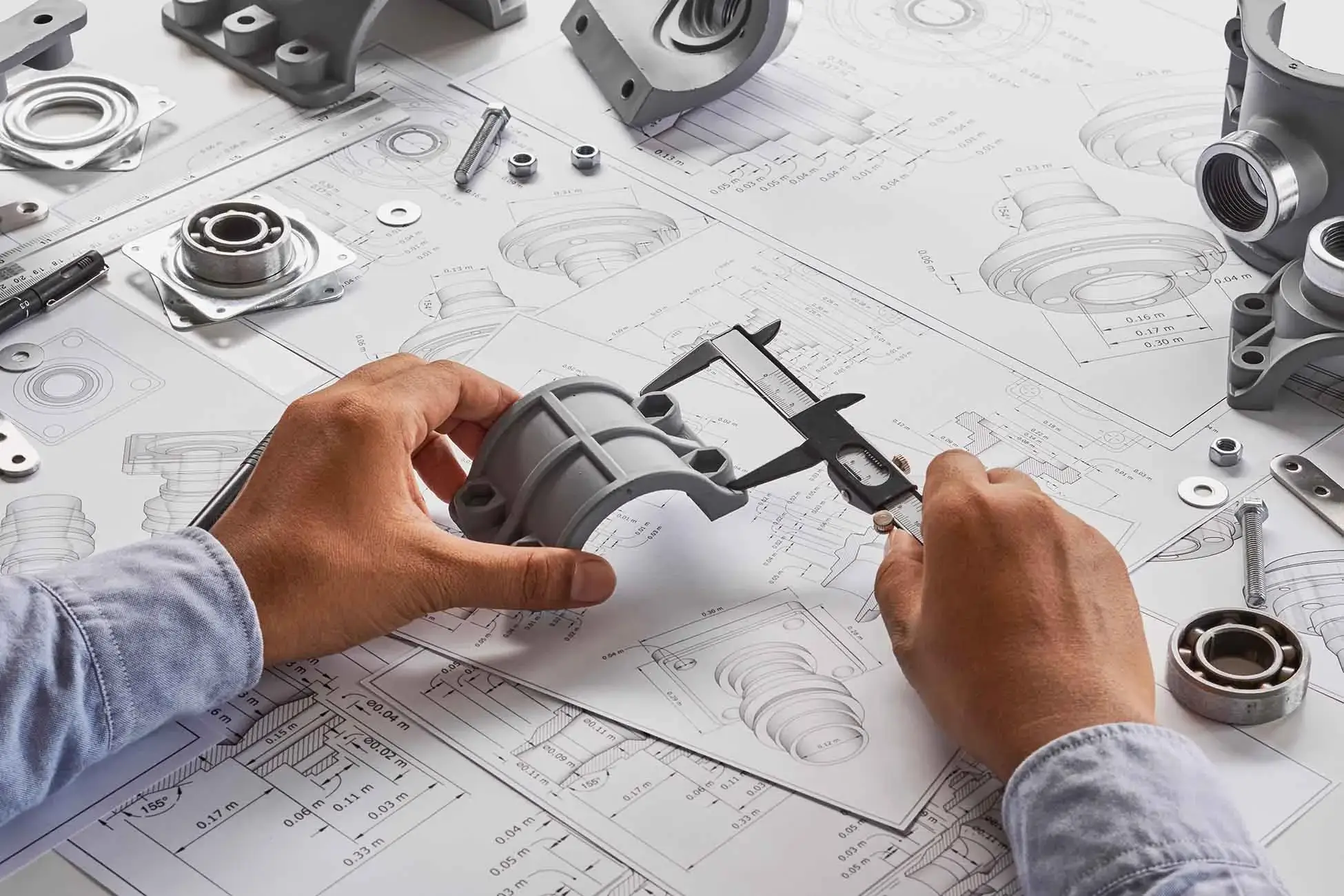
In the manufacturing world there is a wide variation in the quality of PPAP documentation, even in the typically more stringent environment of the automotive industry. Unfortunately, the unique knowledge requisite for quality PPAP documentation takes an appreciable matter of time to accrue, and the number of quality professionals proficient in this art is not adequate to satisfy the needs of the manufacturing industry.
The effects of this limited talent pool are exacerbated by the very limited understanding of the key tenets of quality assurance by most throughout all levels of management. In a multi-decade attempt to standardize the PPAP process, the Automotive Industry Action Group (AIAG) has produced and refined voluminous documentation on the subject.
The detail and scrutiny that these standards demand has not been met with a commensurate increase in quality personnel by many manufacturers. This misalignment between exacting standards and limited resources often allows substandard documentation to pass by even when reviewed by experienced individuals.

Pictured Above: A preview of a PPAP document.
All of the aforementioned issues are widely present in lower cost manufacturers in Asia and elsewhere, but very often the communication necessary to rectify issues is hamstrung by language barriers. Another frequent impediment to quality documentation is supply chain/logistic driven part delivery goals. The often-overtasked quality professionals are asked to meet an accelerated document delivery schedule to match part timing. This situation often results in documentation that has substantial issues being passed from the manufacturer to the customer.
This labyrinthine decision tree is further complicated by the disparate acceptance standards of various companies and the oscillating acceptance standards within companies due to the arrival and departure of quality department staff. Addressing many of these issues is often inhibited by the varying departmental goals of corporations. Although the average quality professional is quite conscientious, those in management rarely allocate sufficient resources to produce a top level PPAP for every part.
In recent years, different avenues of communication have opened for quality professionals to share these concerns amongst themselves, but the benefits of these discussions are often muted by the open and honest communication that is lacking throughout different corporate hierarchies, and that inhibits the resolution of these issues.

Quality issues are not different than others in the respect that each corporation has its strengths and weaknesses, and these qualities are elevated, or the problems exacerbated by the level of synergy in inter-corporate cooperation throughout the PPAP process. While pursuing documentation that meets exacting PPAP standards, the underlying core process that produces reliable parts must remain in focus and not be blurred by attention to procedural minutia.
The AIAG defines the goal of the PPAP as “provide the evidence that all customer engineering design record and specification requirements are properly understood by the organization and that the manufacturing process has the potential to produce product consistently meeting these requirements during an actual production run at the quoted production rate”.
While risk priority numbers are key to a FMEA, and that document is a very important element of effective risk mitigation strategy, over analysis of its elements is often a net negative. Specifically, hypersensitivity to severity and detection levels while reviewing FMEA’s detracts from the core PPAP goal, while the levels should definitely be in a certain range, the frequent quibbling over levels that the AIAG defines as “suggested evaluation criteria” is very often quite counterproductive.
These observations should not be considered an indictment of the quality industry or the PPAP process, the structure guiding the definition and refining of processes has grown rapidly and the underlying statistical data has shown these efforts have been increasingly successful.
The AIAG PPAP manual is now in its fourth edition and has incorporated many improvements since its inception, perhaps some of the aforementioned issues will be addressed in the fifth edition. It is my hope that this article will inspire efforts to address some of these issues and improve the procedures that have progressively proven the benefits of structured quality programs.
The goal of quality is to produce defect free products while realizing that truly achieving zero defects is not possible. The fact that a perfect PPAP protocol will never be achieved should not prevent the pursuit of continuous improvement in both its structure and execution.
Contributed by @Rohit Kumar, Sr. Quality Engineer (Apr 2022)